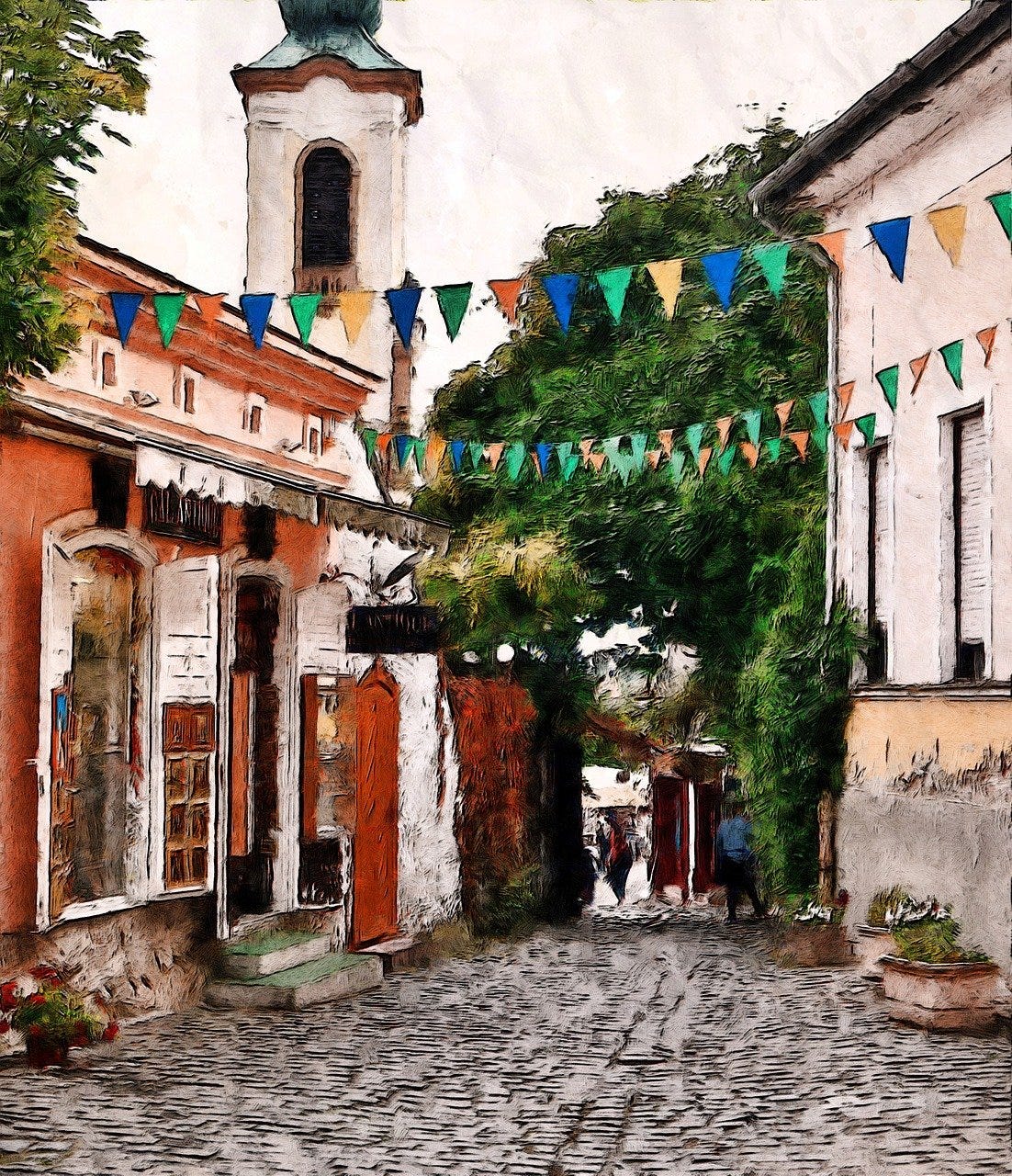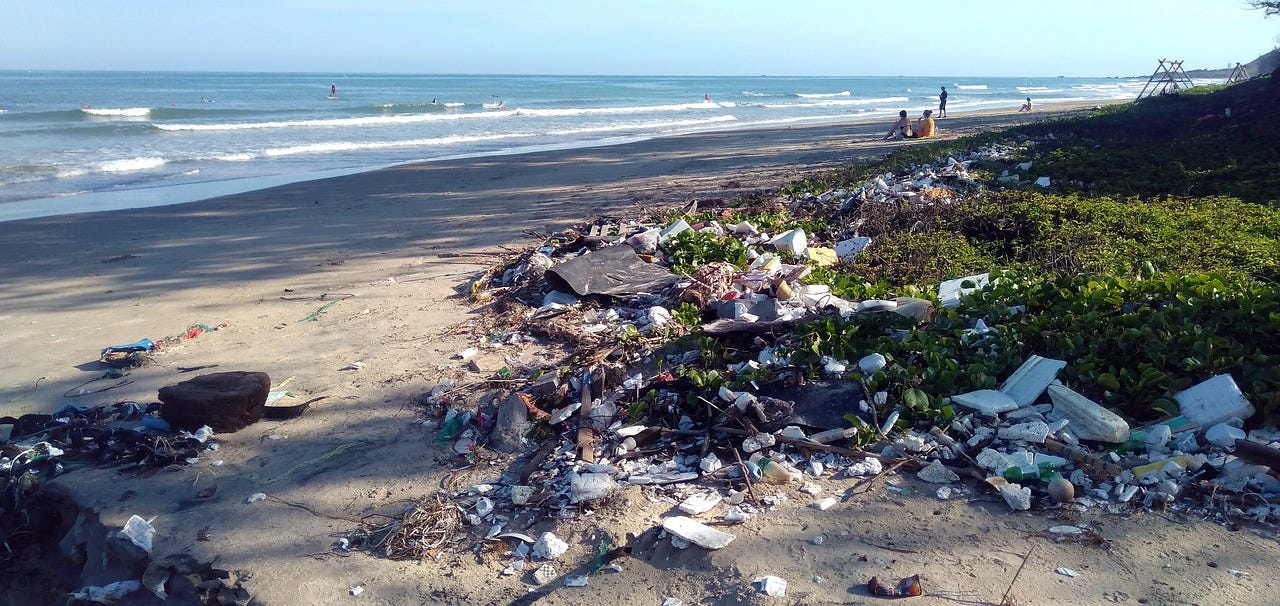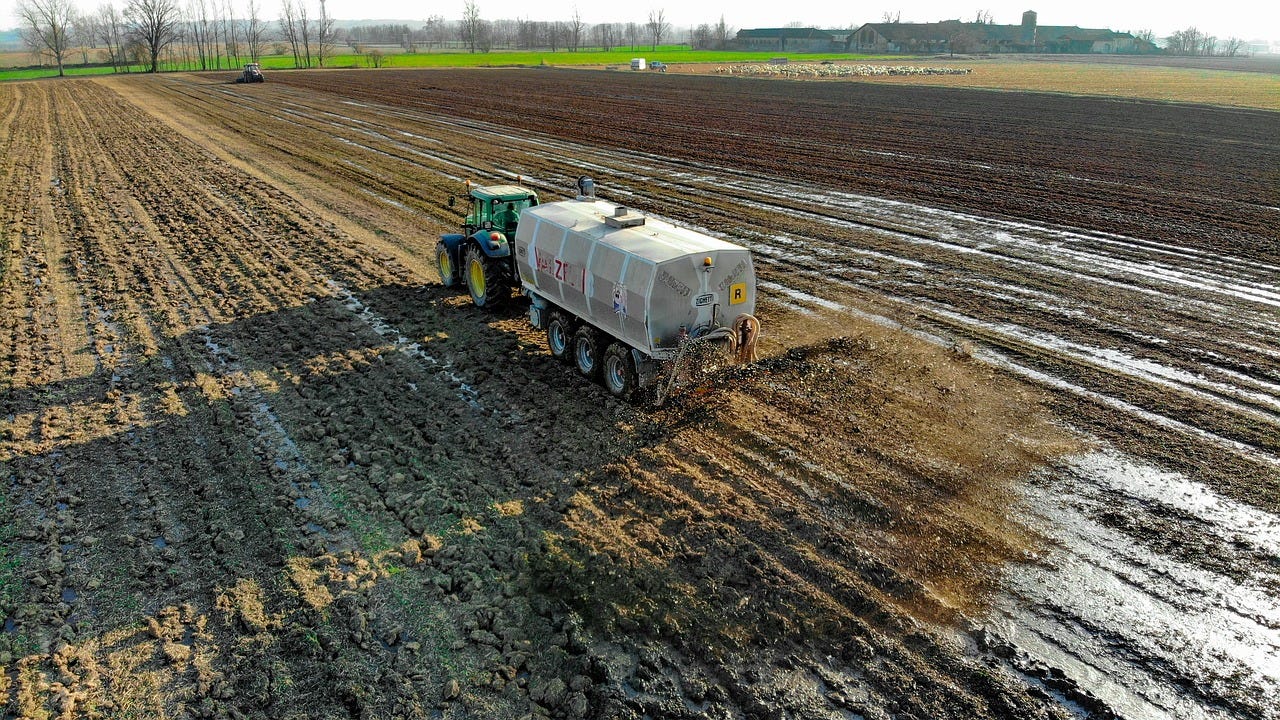We’ve been trundling along urbanising the world for millennia. In some ways this could seem strange as mortality rates were higher in cities when compared to urban areas up until after the mid-nineteenth century. Then with the Brits leading the way urbanisation took off and populations started to boom in a big way. People started getting married at an earlier age and having children ‘out of wedlock’ boomed too.
The British experience, an industrial revolution coupled with urbanisation and a population explosion came some centuries after a de-urbanisation period. When the Roman Empire collapsed and the legions left England people headed away from the cities and back to the countryside. When the Industrial Revolution took off small towns and some cities boomed as people migrated in. They were near the resources needed to fuel the technological and industrial changes that were underway.
By 2028, 5 billion people will live in cities. The idea that these urban areas are completely necessary is so ingrained that other points of view go unheard. Jakarta is sinking by 10cm a year so the government decided to build another city to replace it. It’s going to be a "green forest city". This seems antinomic as swathes of an area rich in diverse wildlife and lush rainforests are being urbanised. This is difficult to do without opening the area up, building new roads and artificialising what was rainforest.
Permaculture designers tend to ask basic questions. In this context things like why did we start to urbanise, what were the advantages? How do cities function and what do they bring to human civilisation? Urban areas and urban living is accepted as being the norm for us, few people ask whether this is a good thing. When they do the discussion usually are about how we can evolve cities to be better places to live. How they can become better places to live and how we can reduce their negative environmental impacts.
There are any number of propositions about how to make cities livable. How about 15 minute cities? The idea has taken off and a number of urban authorities have jumped on the bandwagon. A criticism of the concept is that it is too simplistic and doesn’t take into account a whole range of other parameters such as local population densities, pollution and a range of socio-economic factors. We’ve been fiddling with trying to fix our cities for decades, in some places there have been improvements. In the main however they are still ecological disasters that also degrade human health.
Jakarta is one of many examples of sinking cities, over-pumping of groundwater and rising sea levels means that these cities are unsustainable. Jakarta is also an example of the general toxicity of modern economic cities. It is highly polluted, overcrowded and produces monstrous quantities of waste which is transported either deliberately or by wind and water to rural areas.
A more profound discussion is about whether or not we should aim to de-urbanise and eventually do away with cities. I’m going to explore this idea here.
Economists and governments consider urban areas to be drivers of economic growth, they create prosperity. They are the ‘world’s economic engines’ according to the World Economic Forum. The sort of thing one would expect them to say. Yet the arguments against basing our world view on continual economic growth have been shown to be flawed. This is especially true as we continue to slide down the slope of increasingly shoddy products that have a short life. Our current growth based economies devastate natural environments and produce huge quantities of waste, a lot of it is toxic. This simply must not continue.
If we shift, as we must, to stable state, zero growth, circular and more localised economies then we remove the main raison d’être of urbanisation.
People aren’t especially well adapted to living in high density urban areas. Leaving the pollution to one side numerous studies have shown that city dwellers are chronically stressed. This is due to being squeezed in with thousands of people we don’t know. These people are often ‘in our face’ on subways, buses, queues, in fact just about everywhere.
This would seem to show that cities aren’t at a scale to which we area adapted. Villages are, and placing more importance on smaller scale human settlements would mean people living in environments that are much less stressful.
Crime and victimisation levels are higher in cities, In the USA in 2021, ‘the rate of violent victimization in urban areas was more than double the rural area rate. The rate of property victimization in urban areas was 157.5 per 1,000 people. In rural areas, the rate was 57.7.’ Durkheim came up with his anomie hypothesis, anomie being a state in which individuals may feel ‘disconnected from the values, goals, and expectations of society, creating a sense of alienation or purposelessness.’ Living in high density urban areas exacerbates feelings of anomie amongst the urban dwellers one factor that can lead to higher levels of crime and anti-social behaviour.
In a well run village things are at a scale in which people are better placed to look after each other. Social networks are easier to form and people tend to know each other. Stealing from people you know or your friend knows is harder than stealing from strangers. To say fewer cities would automatically mean less crime would be too simplistic but it would certainly go in the right direction.
When we scale things up we often run into problems. The sewage produced by the inhabitants of a village can be treated differently to the huge quantities produced by city dwellers. About 100 to 250 grams (3 to 8 ounces) of feces are excreted by a human adult daily so just multiply that by 11,248,800 people who live in Jakarta. Treating, when it is done, this quantity of sewage means a huge network of pipes, pumps and sewage treatment plants. These systems require a lot of energy, they are expensive, fragile and much of the material is wasted and becomes a source of pollution. Here in France plant based sewage treatment systems are relatively common in rural areas, similar low-tec systems are very difficult to adapt to high density urban areas.
Another point that concerns the above and the fact that people in cities are unwell is that of pharmaceutical residues in the sewage stream. As an example city dwellers use considerably more antidepressant medication than those in rural areas. Residues of this medication go into the sewage stream and go on to contaminate water bodies and soils. In some countries the use of sewage to fertilise crops is banned because researchers found that the pharmaceutical residues build up in layer in the soil.
The fact that city people, in particular older citizens need so many antidepressants is another sign that urban areas aren’t adapted to the animal, us, that lives in them.
Children, what can I say? The difference in the quality of a childhood between villages and urban areas is huge. The negative health consequences of growing up in crowded, polluted and violent cities are frankly obscene. Apologists for cities will point out that things have gotten a lot better yet this is not the case. We have simply exchanged some forms of health damage for others and these are often more pernicious as they are less evident. Child asthma rates are much higher in cities as compared to rural areas, so too are the levels of death from asthma.
Climate change. People all over the world are trying to work out how to make cities climate resilient. As the world heats cities are particularly badly impacted, air-conditioning is becoming the norm as people pump the hot air out of their apartment. This heats up the outside air and inevitably leads to more air-conditioners. Several studies have shown that a large number of cities will become too uncomfortable to live in without air-conditioning. These machines use vast quantities of energy in their production and their use so we fall into a trap of our own making. How many wind turbines and solar panels will we need to run the air-conditioning units?
De-urbanisation needs to be pushed up the list of the things we have to get on with. If we want to mitigate climate change, reduce environmental degradation, farmland loss and pollution in general we have to work out how to increase urban to rural migration. We must shift our fixation with cities and work to redevelop our rural areas and their villages.
A friend pointed out that this wouldn’t be good for the film industry, there too we see an urban fixation. He told me that in a lot of the Marvel films he watches the Superheroes often say things like ‘I’m fighting to save my city!’ Saying the same thing about a village doesn’t ring the same.







